Magnetic hydrogel micromachines break up biofilms and release antibiotics, combating biofilm infections associated with medical devices.
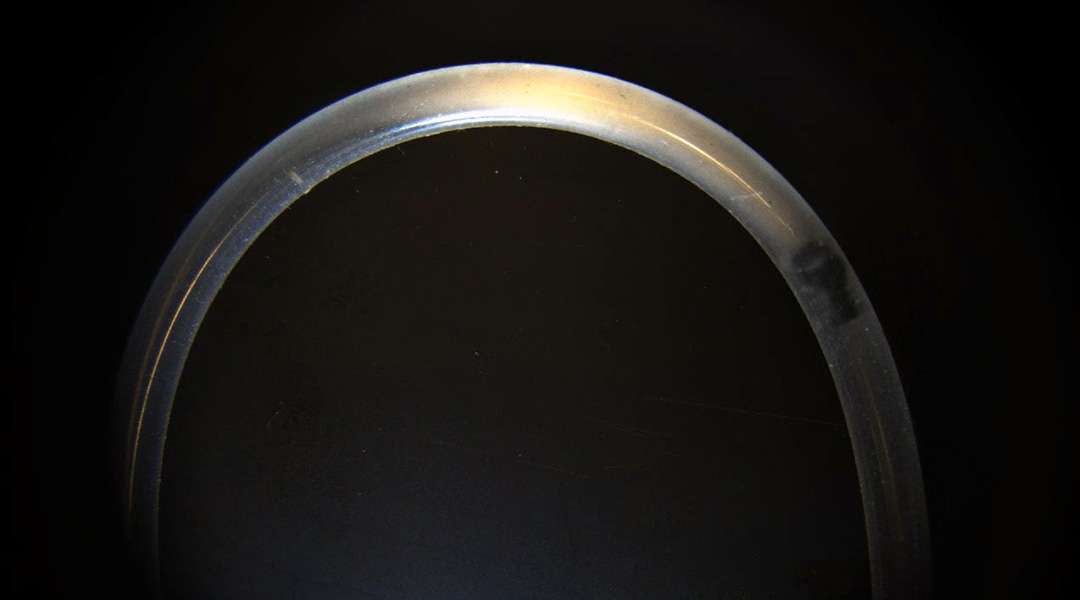

Magnetic hydrogel micromachines break up biofilms and release antibiotics, combating biofilm infections associated with medical devices.
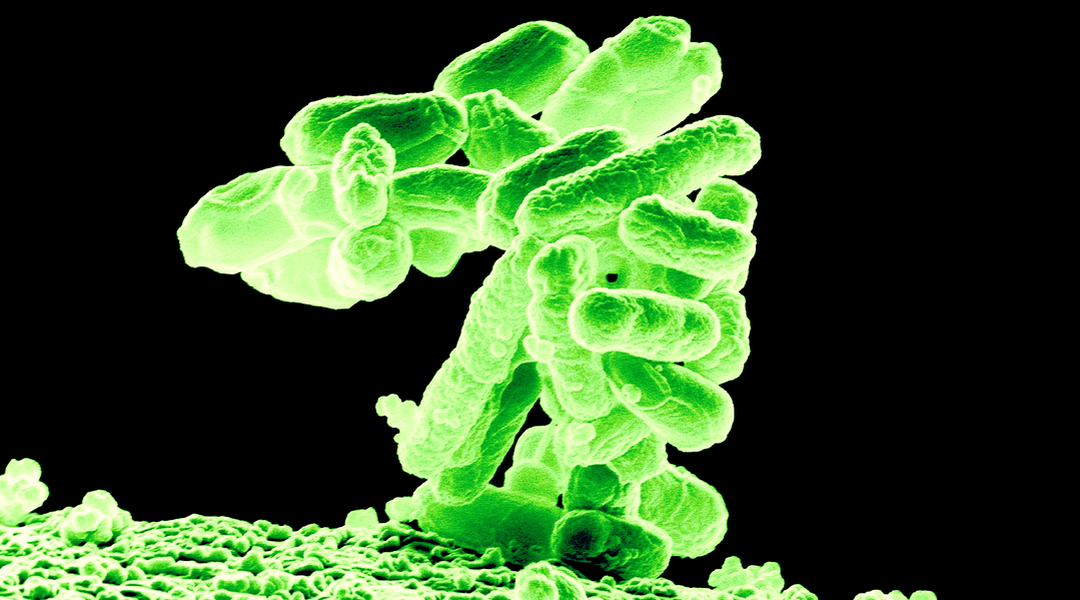
Unraveling the mystery behind the role of microbial biofilms in turning barren, deglaciated land into a living landscape.
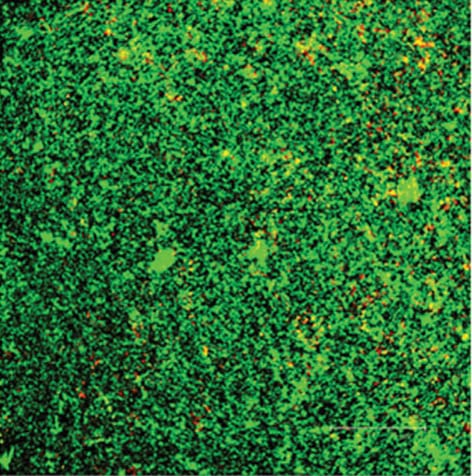
Researchers have reported the production of a new eDNA-degrading coating of DNase I, which prevents microbial adhesion and biofilm formation.
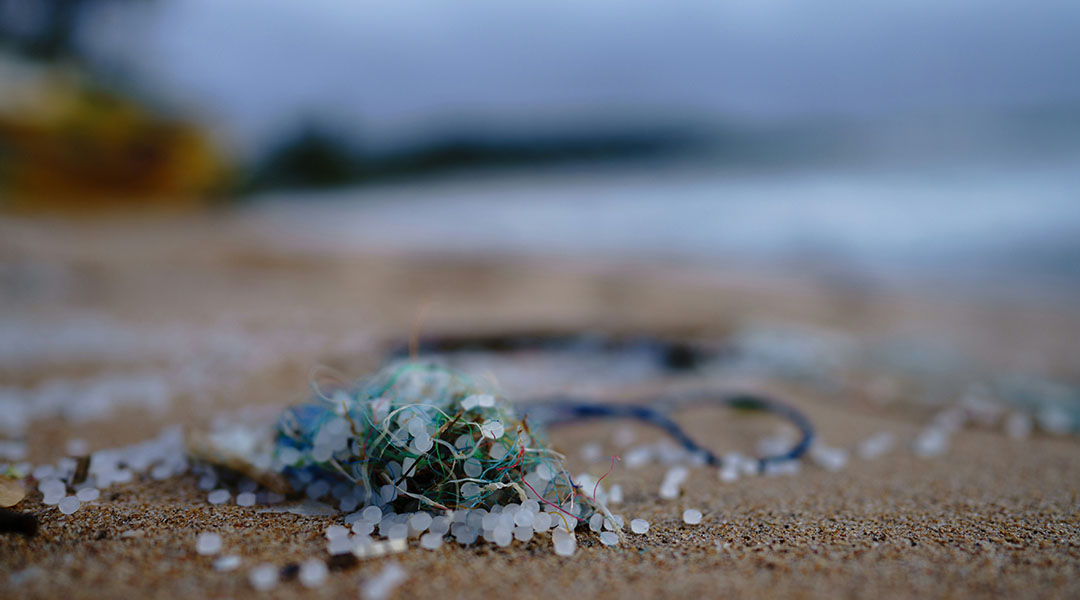
Microplastics facilitate a “super slime” that is resistant to antibiotics, sparking concern about antibiotic resistance in heavily polluted areas.
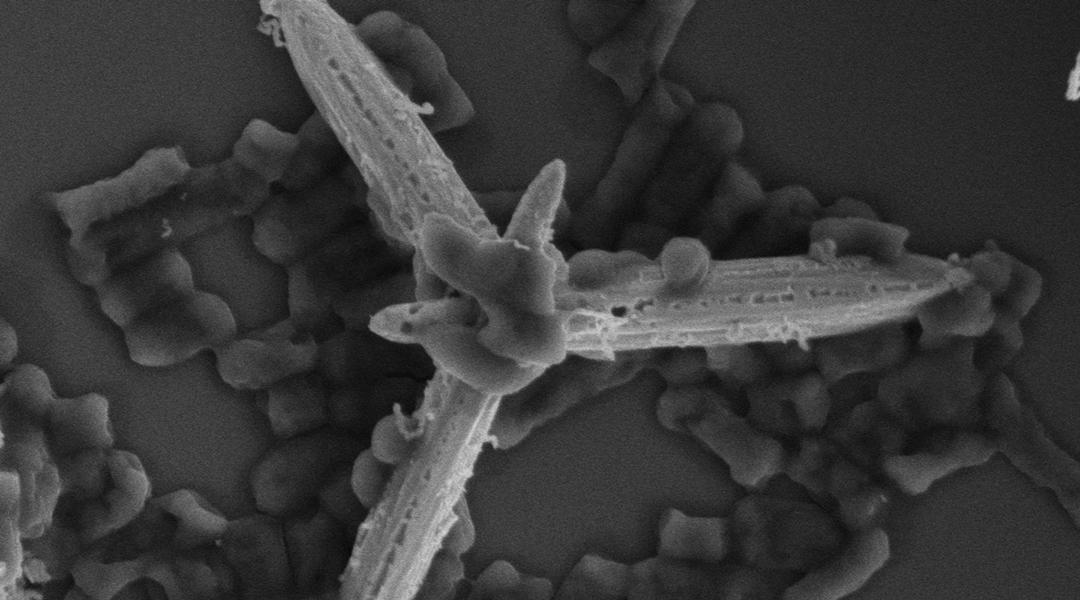
Microscopic machines powered by light are a “double threat” to bacteria and could help combat the growing problem of drug resistance.
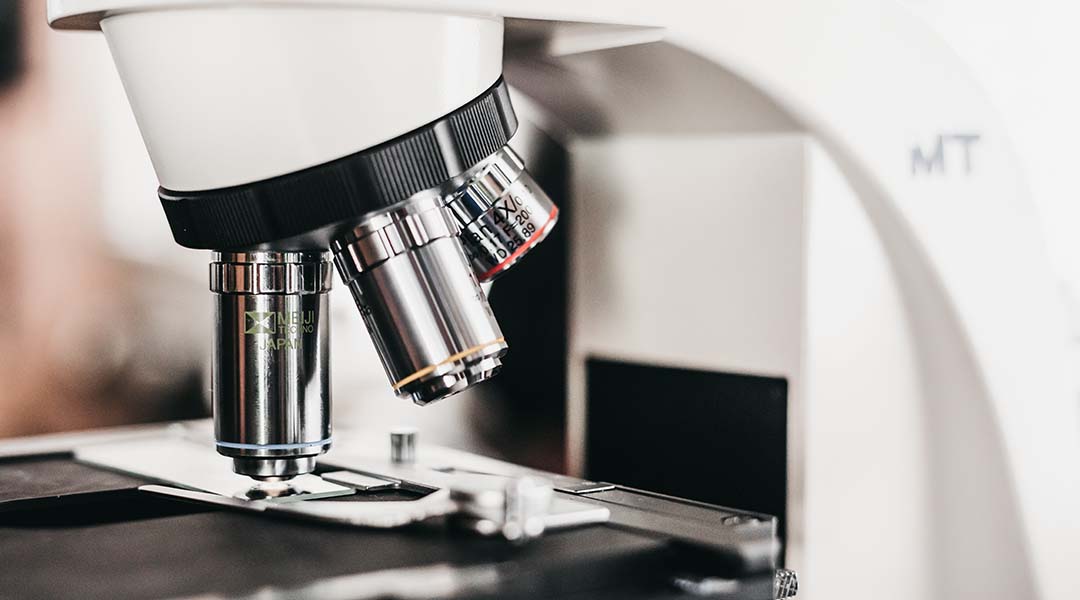
A modification to conventional microscopes pushes the limits of their resolution and enables high-precision observation of difficult-to-observe pathogens.
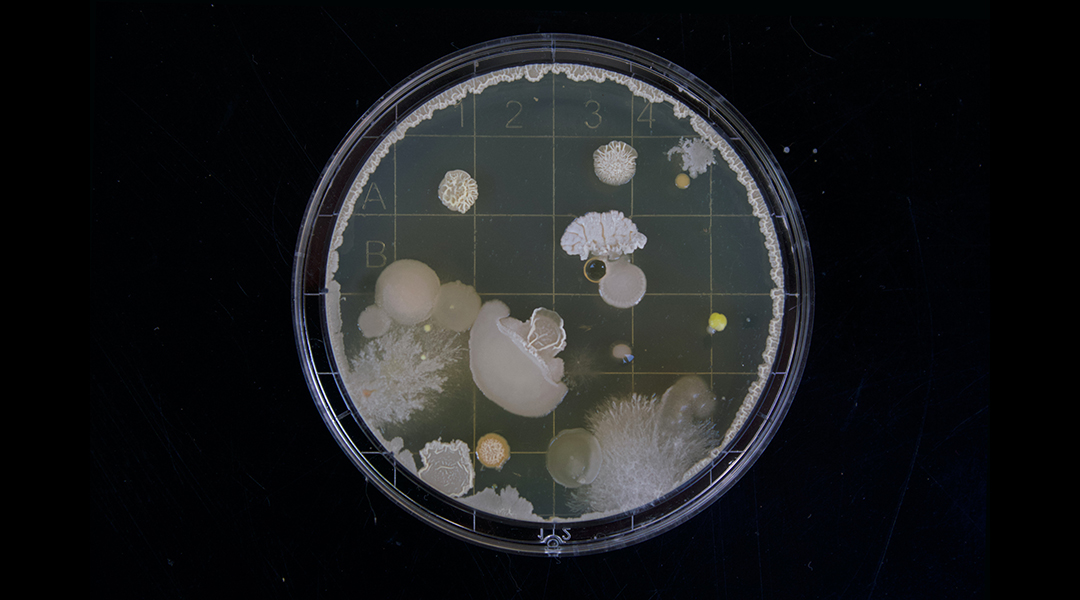
A selective weapon that can be remotely controlled to kill bacteria independently or in concert with current antibiotic approaches.

A new antibacterial surface treatment could help improve the safety of medical devices by minimizing the risk of infection during their use.

Disinfecting nanobots could be the key to preventing the failure of root canal fillings post-treatment.
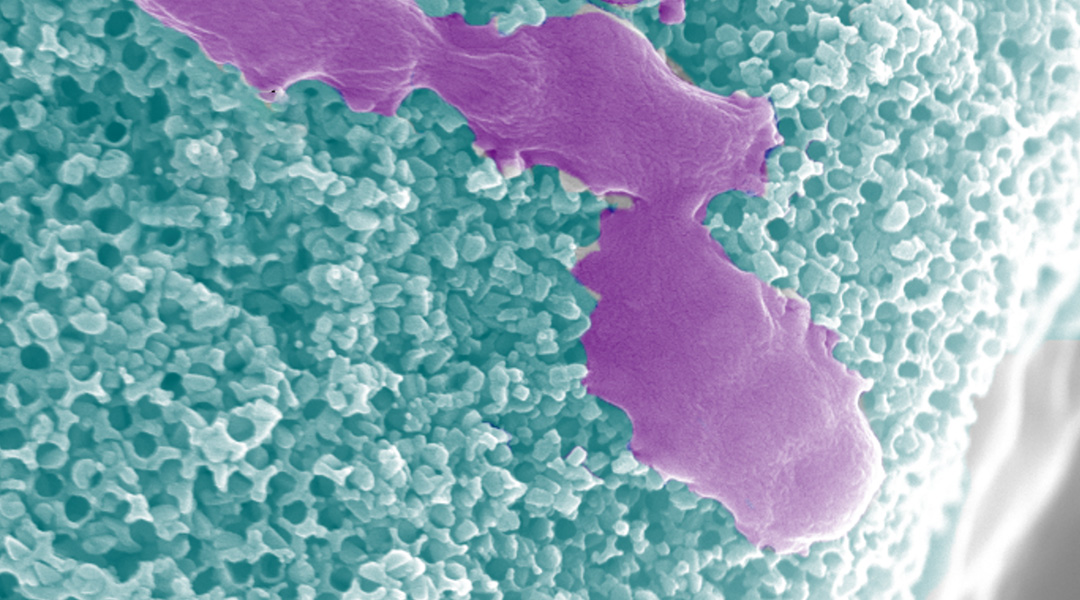
Hybrid microrobots harvest chemical energy from their environment for self-propulsion while releasing reactive species to kill bacteria.